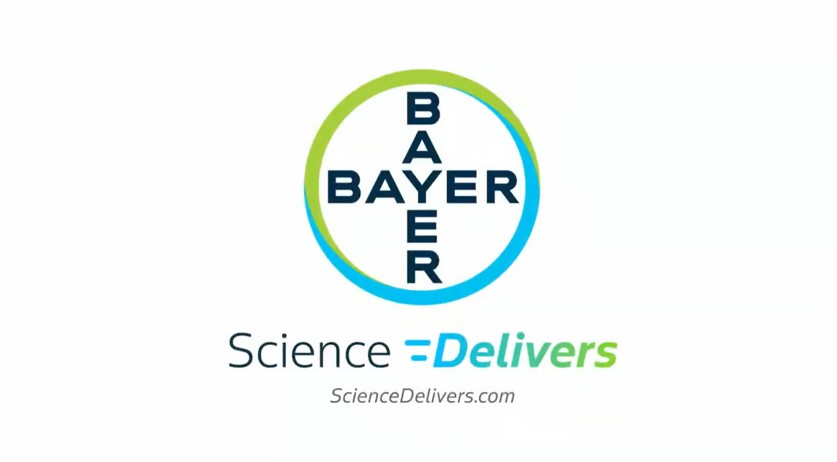New clinical practice guidelines developed by the North American Society for Pediatric Gastroenterology, Hepatology and Nutrition (NASPGHAN), suggest that obese children between the ages of nine and 11 should be screened for non-alcoholic fatty liver disease (NAFLD). The guidelines were set forth in a paper published in the Journal of Pediatric Gastroenterology and Nutrition.
NAFLD is characterized by the accumulation of excess fat in the liver. The condition most often occurs in individuals who are overweight and have high cholesterol, though some people develop NAFLD without exhibiting any of the known risk factors.
Though not necessarily damaging to health on its own, NAFLD can progress into nonalcoholic steatohepatitis (NASH), causing inflammation and serious scarring of the liver tissue. This type of liver disease can even lead to cirrhosis, impacting the liver’s ability to function.
“[NAFLD] has rapidly evolved into the most common liver disease seen in the pediatric population and is a management challenge for the general pediatric practitioners, subspecialists, and health systems,” Dr. Miriam B. Vos of Emory University and Children’s Healthcare of Atlanta, and coworkers, write in the abstract for the paper. “In this guideline, the expert committee on NAFLD (ECON) reviewed and summarized the available literature, formulating recommendations to guide screening and clinical care of children with NAFLD.”
Recent research suggests that 0.7 percent of children aged two to four may have NAFLD, with that number jumping up to 38 percent of obese children and young adults. NAFLD has also surpassed other liver diseases as the most common cause of liver transplants in adult patients.
The NASPGHAN guidelines recommend that obese children are screened for NAFLD using an alanine aminotransferase (ALT) liver enzyme test. A liver biopsy may be needed to confirm a diagnosis, and lifestyle changes – such as a healthier diet and more physical activity – are the recommended treatment options for NAFLD.
These new guidelines have also been endorsed by the American Academy of Pediatrics. The hope is that these clinical guidelines will help physicians diagnose and manage NAFLD in pediatric patients, using evidence-based approaches and screening methods.












Join or login to leave a comment
JOIN LOGIN